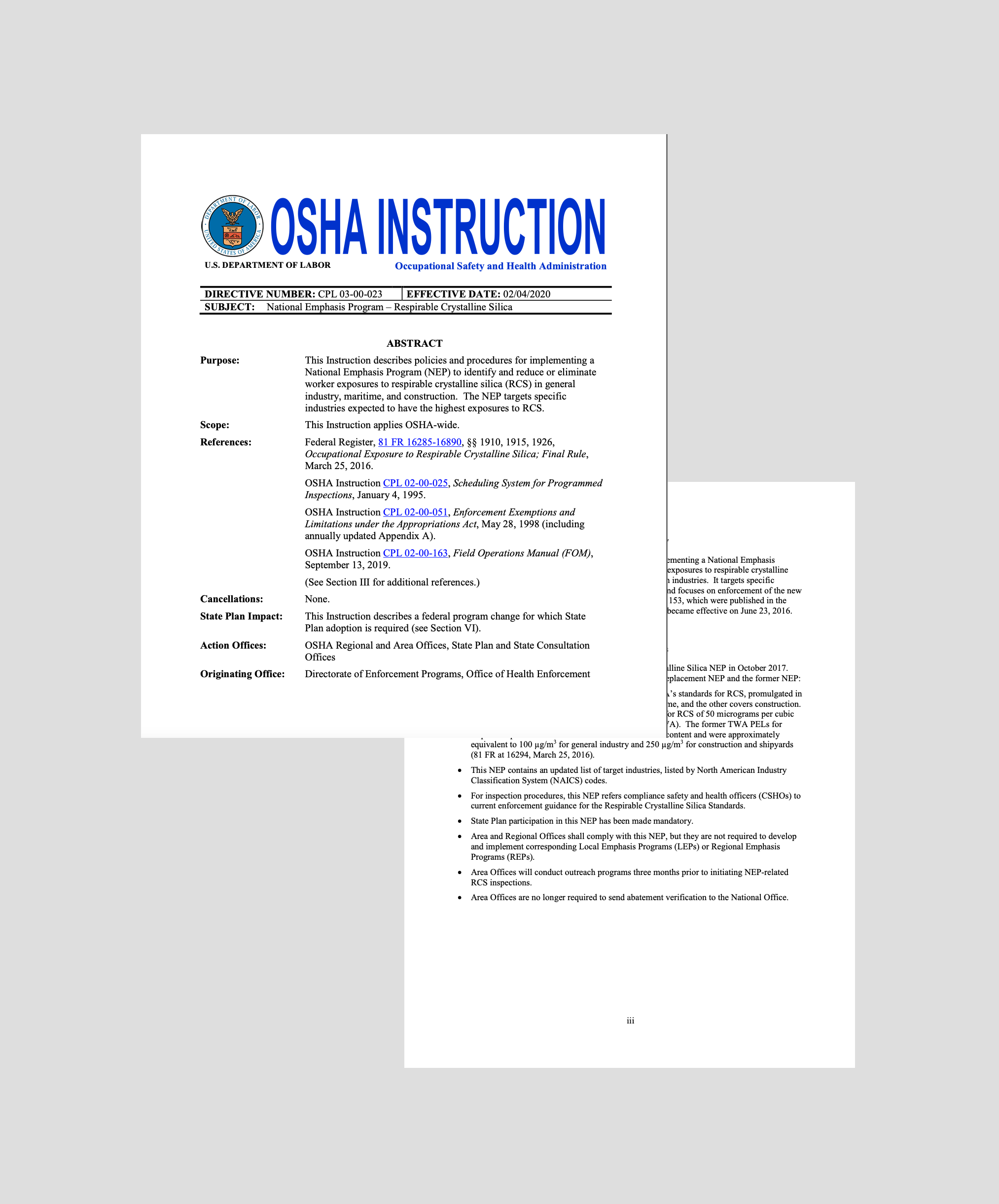New Jersey governor targets worker misclassification

|
Gov. Phil Murphy (D-N.J.) signed several measures intended to reduce worker misclassification into law Jan. 20. New Jersey employers now must stop work and face penalties if they are found in violation of the new measures.
Under one bill, stop-work orders may be issued by the state labor commissioner against employers that violate state wage, benefit and tax law. Violators will be notified at least seven days before a stop-work order is issued, and the employer can file an appeal within 72 hours after receiving the notice. The stop-work order can apply to successor employers and will remain in effect until the employer pays a penalty or is ruled to be in compliance. Employers may receive $5,000 penalties per day for each day business continues under a stop-work order.
Under another measure, employers face penalties up to $250 for each misclassified employee for a first violation and up to $1,000 for subsequent violations. In addition, an employer may have to pay a penalty of up to 5% of a worker’s gross earnings from the previous 12 months during misclassification.
Under a bill that took effect March 1, misclassification notices in a form issued by the labor commissioner must be posted by employers in areas accessible to employees to explain that employers must not misclassify employees. The notice must include the standard used to determine worker status, benefits and protections for workers, remedies available for misclassified workers, and how workers can contact the labor commissioner regarding potential misclassification.
Under another bill now in effect, the names of employers that violate worker misclassification laws may be listed on the Department of Labor and Workforce Development’s website.
Companies can ban use of work email for union purposes
On Dec. 17, 2019, the National Labor Relations Board issued a ruling that permits businesses to ban workers from using company email for union and other organizing purposes.
The 3-1 ruling in favor of Caesars Entertainment, Las Vegas, revokes a 2014 decision that granted the right to workers who have access to employers’ email systems for other reasons. It also overturns the 2014 Purple Communications Inc. ruling issued by a Democratic-majority board.
In the Purple Communications Inc. ruling, the NLRB said if an employer provides workers access to an email system for work functions, it is presumed employees have the right to use the system to discuss union activity or other work-related concerns. Companies could ban all nonwork use of email—rather than a specific ban on union-related use—if they could demonstrate circumstances justified the ban.
The new NLRB decision allows employers to restrict use of their email and other IT systems to certain purposes provided that in doing so employers do not specifically target union-related communications and activity. The ruling makes an exception for situations where there are no other reasonable means for employees to communicate during nonwork time.
Worker advocacy groups and unions urged the NLRB to keep the 2014 policy because email has become a common way for co-workers to organize and communicate.
The NLRB sided with Caesars Entertainment, the U.S. Chamber of Commerce and other business groups, which argued employers have property and First Amendment rights to limit use of their own email systems. Additionally, they argued requiring access to email networks could cause workplace disruption and increase cybersecurity risks.
OSHA adjusts penalties for inflation
The Occupational Safety and Health Administration increased civil penalties amounts for workplace safety and health standard violations in 2020 to adjust for inflation, according to www.osha.gov. The adjusted penalty amounts took effect Jan. 15.
New maximum penalties for willful and repeat violations are $134,937 per violation; serious, other-than-serious and posting requirements are $13,494 per violation; and failure to abate violations are $13,494 per day beyond the abatement date.
State-plan agencies must adopt maximum penalty amounts that are at least as effective as federal OSHA’s penalty amounts.
Additional information is available at www.osha.gov/penalties.
States increased workplace safety inspections in 2019

|
State agencies increased workplace safety inspections 2.3% during fiscal year 2019, according to Bloomberg Law. There were 42,028 inspections conducted by state agencies in fiscal year 2019 compared with 41,066 inspections in fiscal year 2018. However, the 2019 total is lower than the previous two to five years when state agencies conducted an average of 43,000 inspections per year.
The workplace safety inspections were conducted by state-run safety and health agencies. In 21 states, agencies are primarily responsible for policing worker safety. In another five states, the agencies only have jurisdiction over state and local government employees.
The Occupational Safety and Health Administration conducted 33,401 workplace safety inspections during 2019 compared with 32,023 in 2018. About 70% of federal OSHA inspections led to citations, and about 60% of the state inspections led to citations. Forty-two percent of state inspections occurred at construction sites. Construction sites accounted for about half of federal OSHA’s workplace safety inspections.
Steve Hawkins, chair of the Occupational Safety and Health State Plan Association and an official with Tennessee’s program, said two factors contributed to the inspections increase.
During the past decade, officials from several states said federal dollars for inspections did not keep pace with inflation, and state allocations didn’t make up the difference, which made it difficult to retain experienced inspectors and hire new staff. Congress allocated $102.4 million in 2019 and $108.6 million for 2020. State plans are required to at least match the federal enforcement grants and may spend more.
Additionally, beginning in 2015, employers were required to report serious injuries and hospitalizations to federal or state safety agencies. The agencies have since been looking at how to balance responding to those reports compared with conducting other types of inspections that could prevent future injuries.
OSHA revises National Emphasis Program regarding silica
The Occupational Safety and Health Administration has established a revised National Emphasis Program to identify and reduce or eliminate worker exposures to respirable crystalline silica in general industry, maritime and construction.
The National Emphasis Program targets industries expected to have the highest numbers of workers exposed to silica and focuses on enforcement of the new silica standards—one for general industry and maritime (29 CFR § 1910.1053) and one for construction (29 CFR § 1926.1153). These standards took effect in June 2016, and construction employers were required to begin complying with their standard on Sept. 23, 2017.
Changes made to the National Emphasis Program include:
- There is revised application to the lower permissible exposure limit for respirable crystalline silica to 50 micrograms per cubic meter of air as an eight-hour time-weighted average in general industry, maritime and construction.
- An updated list of target industries are listed in the appendix of the National Emphasis Program. From the list, area offices will develop randomized establishment lists of employers in their local jurisdictions for inspections.
- Compliance safety and health officers will refer to current enforcement guidance for respirable crystalline silica inspection procedures.
- All OSHA regional and area offices must comply with the National Emphasis Program but are not required to develop and implement corresponding regional or local emphasis programs.
- State plans must participate because of the nationwide exposures to silica.
OSHA will conduct 90 days of compliance assistance for stakeholders before starting programmed inspections for the National Emphasis Program.
Additional information about respirable crystalline silica is available at www.osha.gov/dsg/topics/silicacrystalline/index.html.



